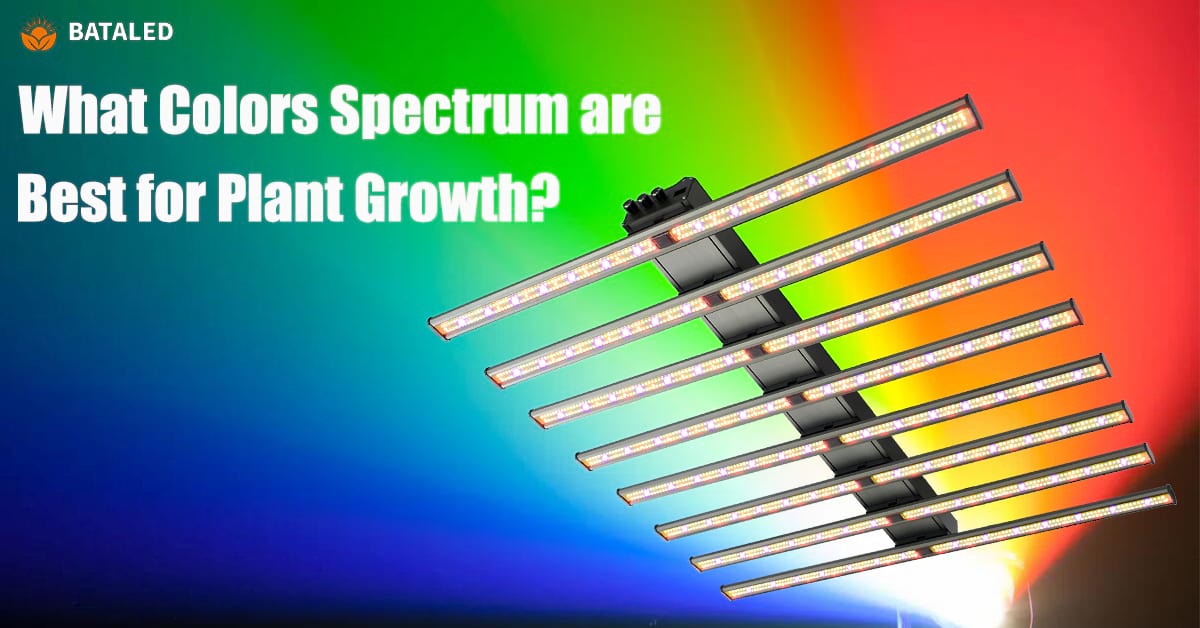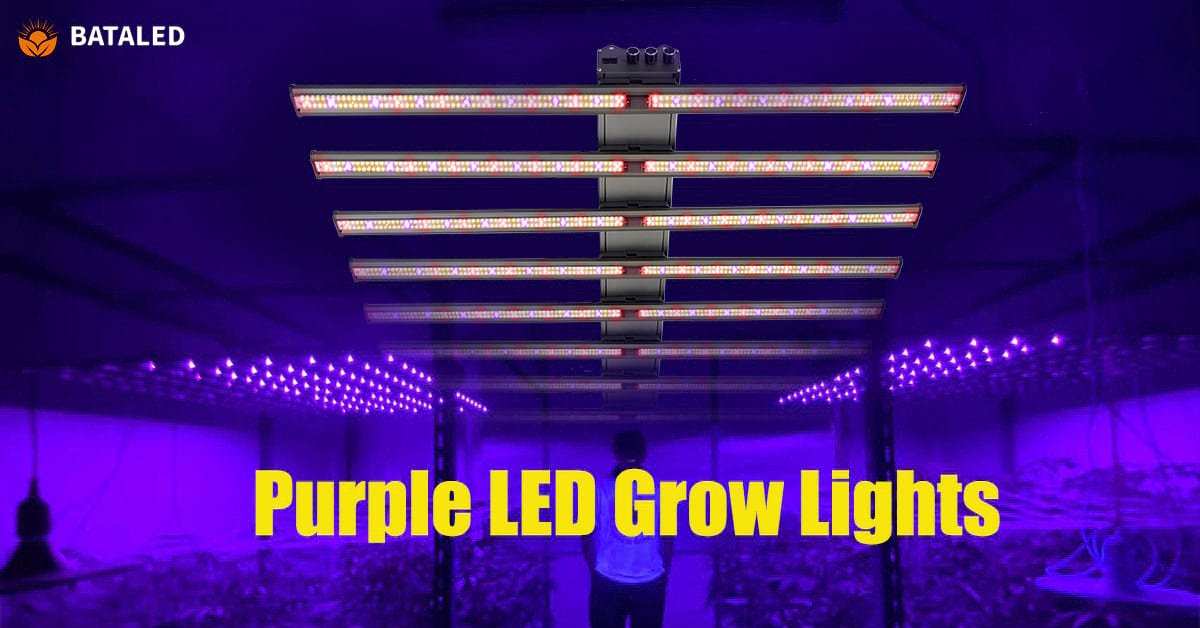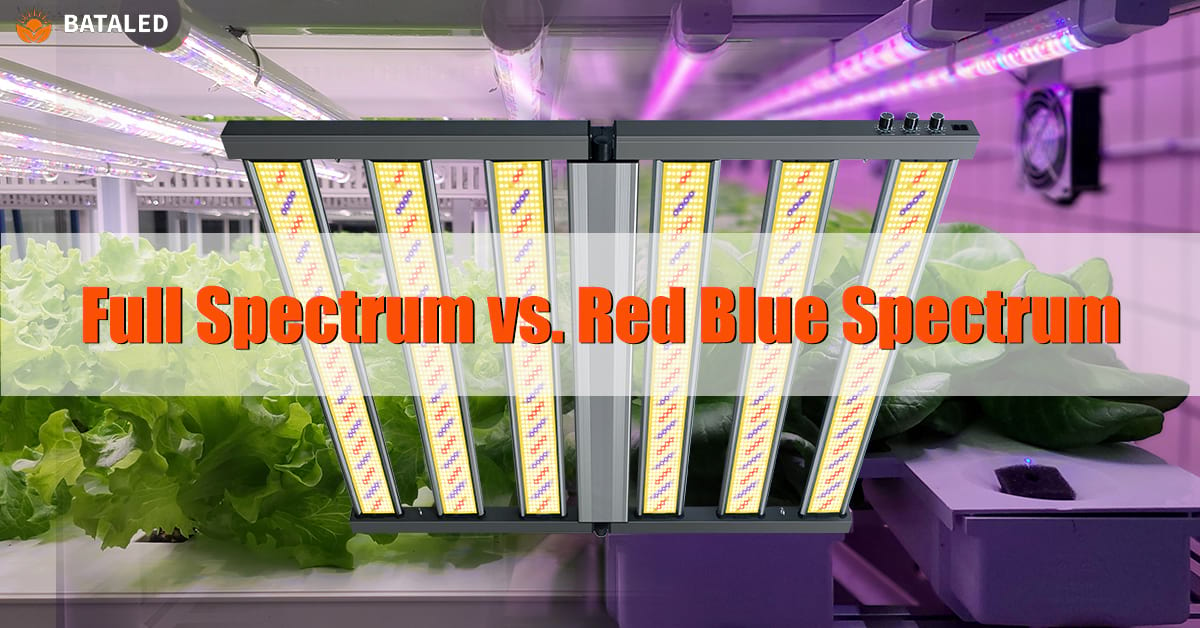Genuine vs Counterfeit Samsung LM301H LED Chips: 4-Step Verification Guide
Have you ever fallen victim to paying premium prices for fake Samsung chips that underperformed and caused significant losses?
Samsung LM301B/LM301H/LM301H Evo LEDs have become the gold standard in horticultural lighting due to their high efficiency and long lifespan. However, counterfeit rates reach 30%! Fake chips deliver 30% less brightness and 50% shorter lifespan, potentially causing financial losses or even safety hazards.
This guide reveals four verification methods to identify genuine Samsung LEDs. Beginners can detect 90% fakes through visual inspection, while professionals can achieve 100% accuracy with specialized tools.
1. Visual Inspection: 5-Minute Identification Guide (Beginner-Friendly)
(1) Physical Dimensions
As industry leaders, Samsung maintains strict dimensional standards for their LEDs. Compare your sample against official specifications (e.g., LM301B dimensions shown in Figure 1). Any discrepancy indicates counterfeit products.
(2) Key Visual Markers
When size isn’t conclusive, examine these unique identifiers from Samsung’s patented manufacturing process:
Genuine Markers:
a. Single 38mil×38mil flip-chip per LED (red frame in diagram)
b. Front-side Zener diode (small black dot in red circle)
c. Butterfly-shaped patented bracket (yellow frame on back)
d. Backside Samsung serial number (yellow rectangle)
e. Square-shaped profile
Counterfeit Indicators:
a. Dual chips on front (Fig 1-3 red frame)
b. Mismatched back patterns (Fig 1-4)
c. Similar patterns but missing serial numbers
2. Structural Analysis: Microscope Inspection (Engineer-Recommended)
Samsung’s proprietary manufacturing creates unique internal features difficult to replicate:
Genuine Features:
• Distinctive “7+1” dot pattern on chip surface (see diagram)
• Flip-chip structure
Counterfeit Signs:
a. Irregular dot arrangement
b. Traditional face-up chip orientation
3. Packaging Verification: Decoding the 6-Letter “ID”
Authentic Samsung packaging contains crucial 6-letter codes matching official specifications. Missing codes = automatic red flag.
Code Breakdown (Example: AZRASL):
-
First 2 letters (AZ): Voltage at 65mA
AY:2.6-2.7V, AZ:2.7-2.8V, A1:2.8-2.9V -
3rd letter (R): Color Temperature
W:2700K, V:3000K, U:3500K, T:4000K, R:5000K, Q:5700K, P:6500K -
4th letter (A): XY Chromaticity Coordinates
-
Last 2 letters (SL): Lumen Output
SJ:34-36LM, SK:36-38LM, SL:38-40LM
4. Performance Testing: Integrating Sphere Validation
Laboratory-grade verification through standardized testing:
Test Protocol:
-
Prepare integrating sphere equipment
-
Note packaging code (e.g., AZTMSK)
-
Conduct tests under Samsung-specified conditions
Case Example:
• Measured: 2.69V, 36.8lm, XY(0.3600,0.3400)
• Discrepancy: Coordinates fall outside TM bin range
• Verdict: Counterfeit product
Conclusion
Our four-tier verification system combines:
-
Visual characteristics (dimensions, Zener diode, bracket)
-
Internal structure (7+1 dots, flip-chip)
-
Packaging codes
-
Performance testing
Mastering these methods helps:
• Prevent 90%+ counterfeit infiltration
• Avoid efficiency loss (up to 30% brightness reduction)
• Eliminate safety risks from substandard products
• Ensure project ROI and longevity
Users can implement appropriate verification levels based on their resources – from basic visual checks to professional laboratory testing. Remember: Comprehensive verification protects both quality and profitability in horticultural lighting projects.
CATEGORIES
Recommended Post

Where It’s Legal to Grow Cannabis: Ultimate Tips & Cultivation Laws
About Author—Jose Li
Jose, a senior content creator at BATA LED, brings over 5 years of expertise in LED grow light. He delivers valuable insights to help growers and farmers better understand LED grow light technology, empowering them to boost crop yields and quality with advanced lighting solutions.


